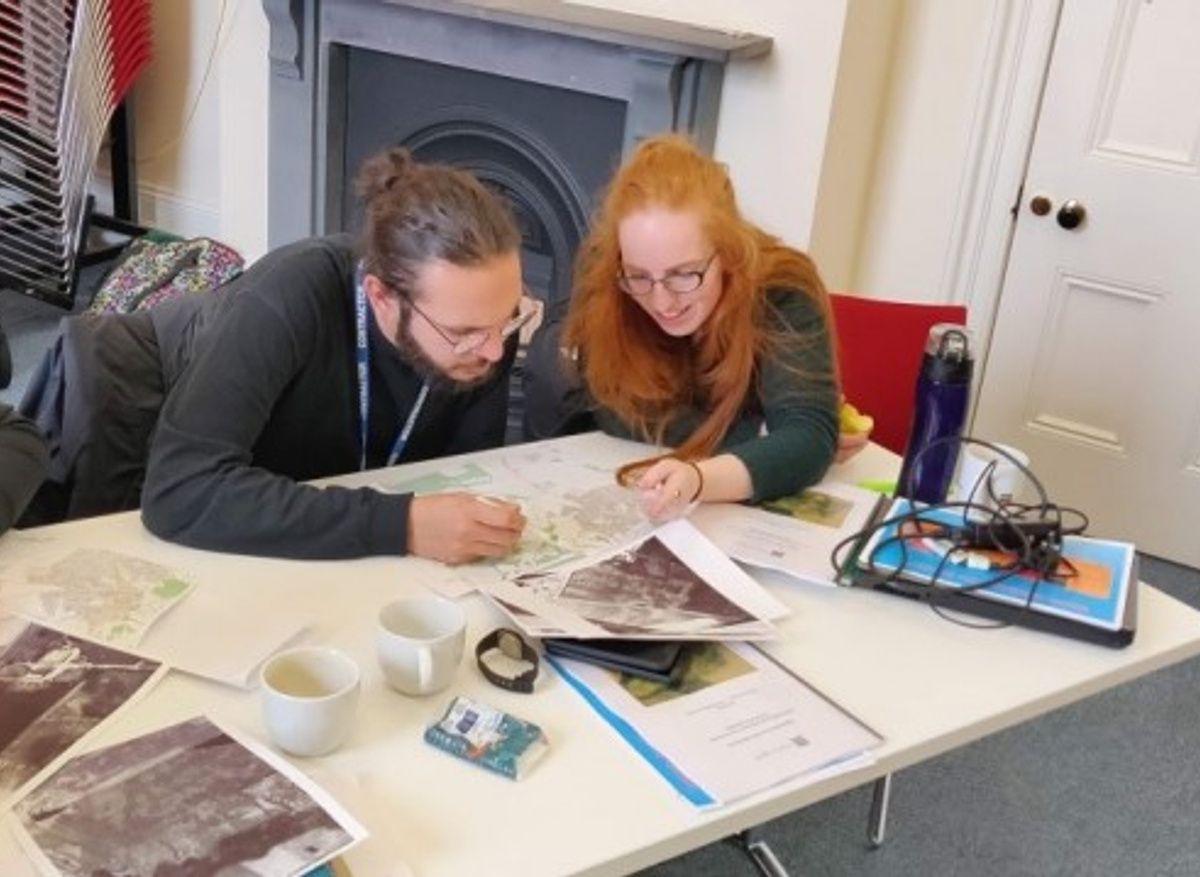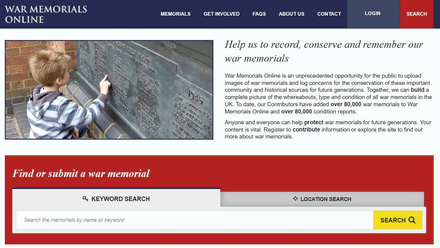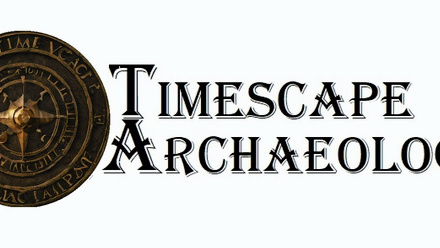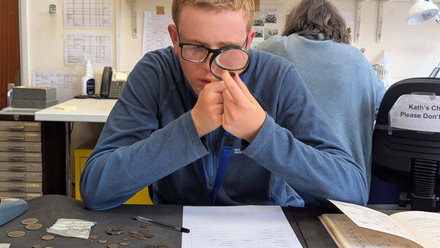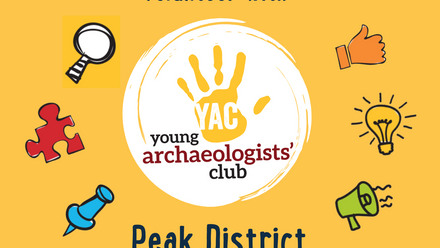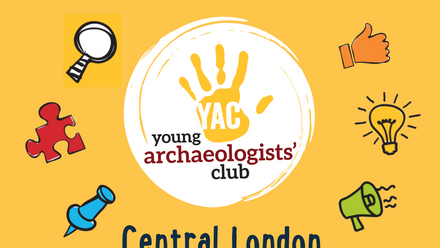Hi! My name is Amber Storey, I’m 25 and I’m doing the Historic Environment Advice Assistant Level 4 apprenticeship. The course is run in partnership with Historic England and Strode College. As I’m also working as a Business Officer in the Midlands region at Historic England, I’m part of a group of upskillers who are taking on this apprenticeship while continuing with their substantive role. I’m also on the Institute for Apprenticeships and Technical Education’s panel of apprentices, as one of the representatives of the Creative & Design route.
Why did you choose to do an apprenticeship?
The apprenticeship I do allows me to split my time between my substantive role, as a Business Officer, as well as doing the Historic Environment Advice Assistant apprenticeship. This flexibility was what really attracted me to the course as I was still able to continue with my job, which I love! But I’m now also able to branch out with amazing training in the Historic Environment.
What can this apprenticeship offer to those in my sector?
It can be extremely difficult to gain traction in your early career in the Heritage sector; positions are competitive and require experience which is difficult to gain. This apprenticeship gives me formal training and a qualification, while letting me keep building relevant work experience. It offers opportunities and contacts that would be almost impossible for me to gain without it. I’m working with archaeologists and architectural investigators, planners and education advisers, Heritage At Risk architects and public engagement– and that’s just in my office!
What’s a typical day like?
Some days I might be working as a Business Officer or other days as an apprentice, but mostly it’s a bit of both. My apprenticeship time is often spent shadowing colleagues on site visits or having a go at a piece of their regular work. It might mean meeting with a local authority or completing independent research on a heritage asset, it entirely depends on the day. Some days I might be visiting a Scheduled Monument while shadowing an Inspector, freezing cold in winter, but happy being high up on a hillfort making notes!
Any highlights so far
This apprenticeship includes classroom learning which feed into our qualification. For our first training session we travelled to Strode College (our training provider) for our first week on archaeology. This was a subject I had absolutely no background in so I was very eager to learn, and I was certainly not disappointed. Wecovered all the way from the Palaeolithic period to the Iron Age over 5 days, which is over 10,000 years of pre-history! We also managed a visit to a construction site to cover Health and Safety, as well as visiting Avebury Henge and many other archaeological sites within the ritual landscape surrounding it.
Other formal training has included learning about the benefits of using aerial mapping and photography as well as tools like LiDAR to spot archaeological remains from above and track changes over time.
Another highlight was a site visit to help support an assignment I’d been set, a presentation on a local archaeological site. I chose to do Nesscliffe Hill Camp, a small multivallate hillfort in Shropshire and was lucky enough to be able to visit the site with an Inspector of Ancient Monuments. As we navigated the site she pointed out the different features and what they might be able to tell us about its Iron Age creators. She explained how as there had been recent excavations, there was lots of new research that has changed experts’ perceptions of the hillfort. This included remains that are likely to have been a guard chamber, although we’re not sure what they might have been protecting! This trip was amazing because it was a great example of how what we understand about archaeology is constantly changing, based on new research. It certainly gave me a lot to talk about during my presentation!
Would you recommend this apprenticeship?
Yes! It’s a fantastic opportunity to learn about all the different ways people are working to protect the Historic Environment. You get to learn directly professionals and they’re full of brilliant advice and fascinating stories. If you’re interested in learning about all the various routes within this sector while gaining tangible experience and training along the way, then it’s definitely for you.

